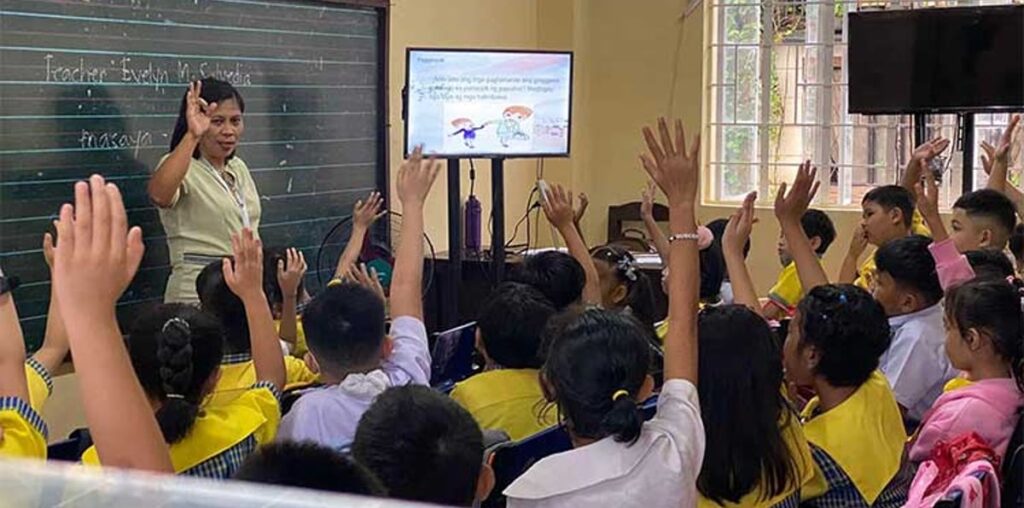A SIGNIFICANT change in the Philippines’ education system has been made with the enactment of Republic Act (RA) 12027, which officially ends the use of the mother tongue as the medium of instruction for students in Kindergarten to Grade 3.
This shift will affect how young children are taught across the country. Here’s what you need to know about this new law:
What does the new law do?
RA 12027, known as the Act of Discontinuing the Use of the Mother Tongue as Medium of Instruction, amends the earlier RA 10533, or the Enhanced Basic Education Act of 2013. This law came into effect on October 12, 2024, without President Ferdinand Marcos Jr.’s signature. Under the new law, the medium of instruction will now revert to Filipino and English, as stated in the 1987 Constitution.
Previously, the Mother Tongue-Based Multilingual Education (MTB-MLE) framework required that children in early grades be taught in their regional or native languages. The idea was to help students learn more easily by using the language they speak at home.
Why was the change made?
The decision to stop using the mother tongue came after years of challenges in implementing the policy, especially in regions like Cebu.
Department of Education in Central Visayas (DepEd 7) Director Salustiano Jimenez highlighted the difficulties, noting that Cebuano, the dominant language in Cebu, has many variations, making it hard to standardize teaching materials across different communities.
Jimenez explained that the diversity of dialects in the Philippines made the original goal of using the mother tongue harder to achieve.
Unlike countries where a single language is used widely, the Philippines’ regional languages and dialects vary so much that the policy did not always work as intended.
How will this affect schools?
Although the mother tongue is no longer a required subject, teachers can still use local languages to help students understand their lessons when necessary, said Jimenez. However, Filipino and English will be the main languages of instruction moving forward.
The law allows for optional use of the mother tongue in settings where students primarily speak the same native language. For schools that choose to continue using the mother tongue, there are strict guidelines on teaching materials, and these schools must use official orthography and vocabulary from the Komisyon sa Wikang Filipino (KWF).
Additionally, the DepEd and the KWF will conduct a language mapping project to identify regions where students speak the same native language. This will help decide whether the MTB-MLE program should continue in those areas.
Why was this change necessary?
One of the main reasons for this shift is the lack of resources. There have been concerns about the availability of teaching materials in different languages and the need for properly trained teachers to deliver lessons in the mother tongue. By focusing on Filipino and English, the government hopes to make teaching more streamlined and efficient.
What happens next?
The findings from the language mapping project will be submitted to the President and the House of Representatives, along with recommendations on whether the optional use of the mother tongue should continue in certain areas.
In Central Visayas, the use of the mother tongue has already been phased out this school year. Jimenez noted that students are adapting well and that the focus is now on how committed and passionate teachers are in delivering lessons.
“No matter how good or bad a curriculum is, if the teacher is committed, dedicated, and passionate, the outcome will still be positive,” Jimenez said. (SunStar Philippines)

